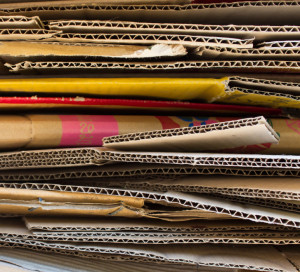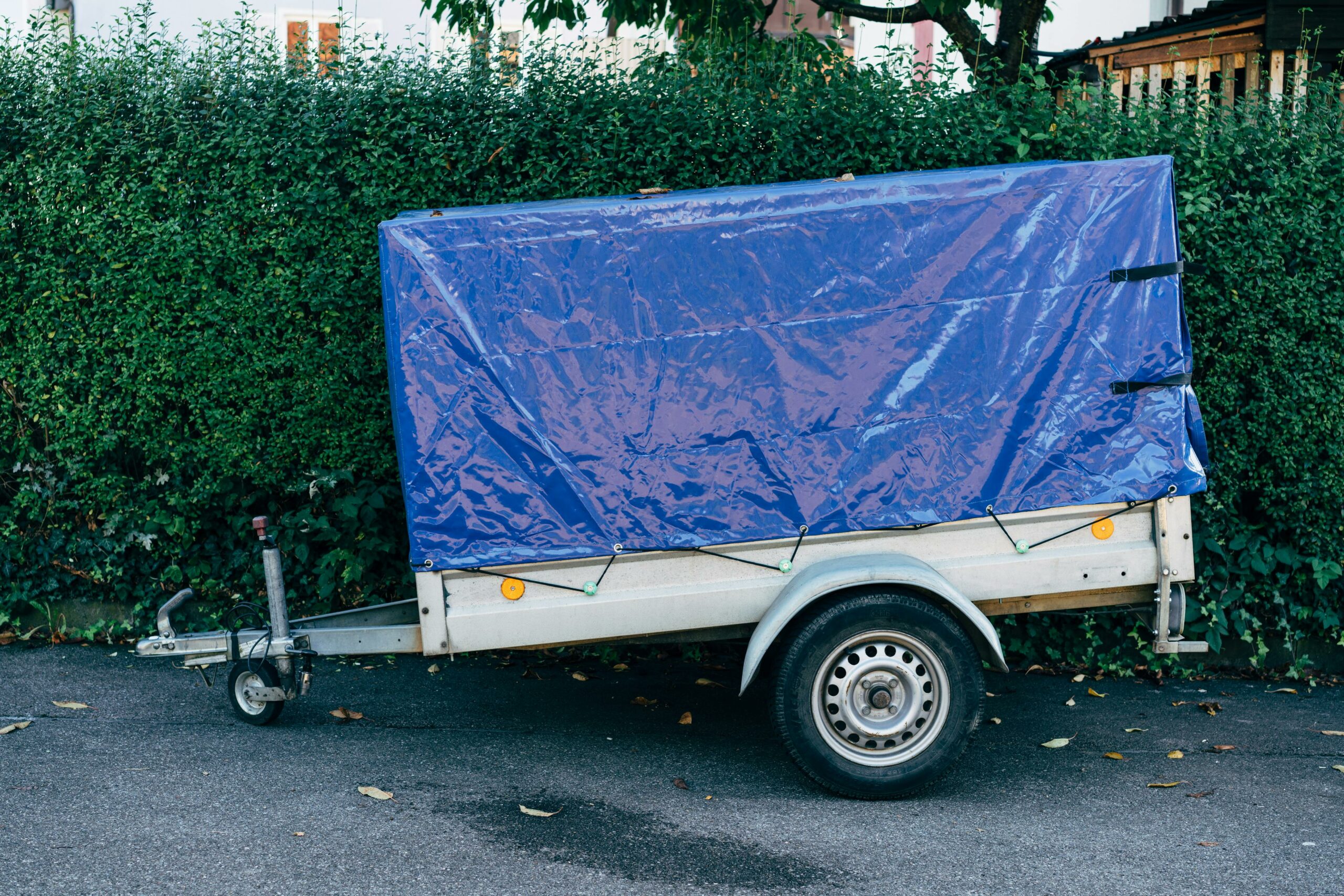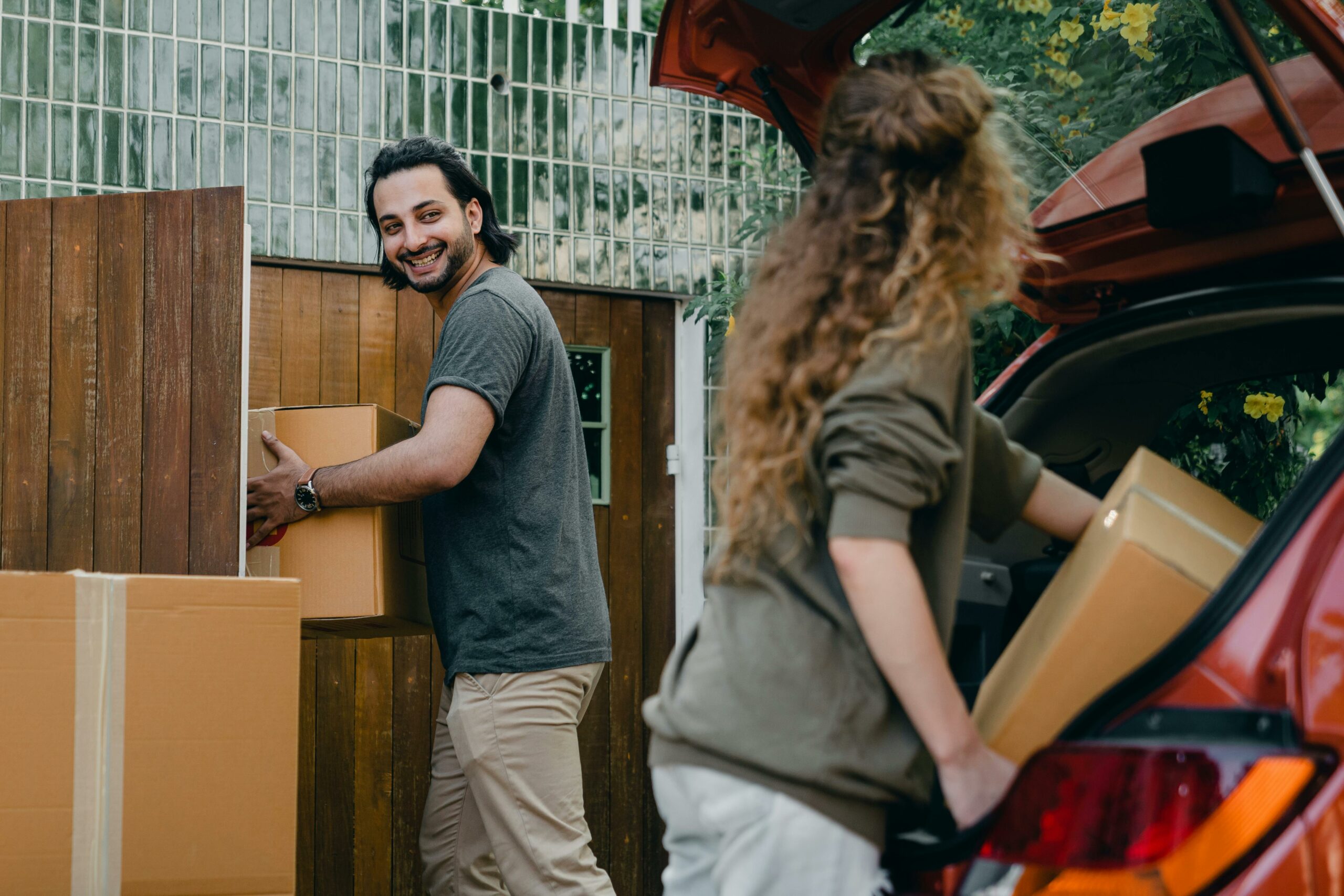 Using Green Packing Materials Can Help Reduce Cost and Waste
Using Green Packing Materials Can Help Reduce Cost and Waste
Being green – being environmentally conscious – is on everyone’s minds these days. It’s an important subject to many with climate changes, global warming, and other potential factors that can impact future generations and our lives. Making the most of what you have by using green packing materials is paramount to being environmentally conscious.
Moving can be a hectic time – we know – but it’s also a time you can consider being green. There are many ways you can make sure you are doing your part when it comes to the long haul (or the short one) to your new residence.
Packing Peanuts
Did you know most packing peanuts are recyclable? Packing peanuts are color coded based on their materials, so certain peanuts are made of certain things. Those pink peanuts aren’t just colored for fun! Green peanuts are made from 70% recycled materials, while pink and white peanuts are made from 70% raw materials and will need to be recycled.
Recycling packing peanuts can be a little tricky, because most curbside recycling programs won’t accept them, despite being recyclable. These little guys are made of expanded polystyrene (EPS) which is labeled as #6 plastic. You can participate in a mail-back program such as the Alliance of Foam Packaging Recyclers. Here is a handy list of addresses you can send those pesky peanuts to for reuse. If you don’t want to mail them, you can always hang on to them and use them the next time you ship a package.
EPS is very difficult to decompose naturally, so please make sure you recycle/reuse packing peanuts properly. However, there are now biodegradable packing peanuts made of wheat and corn starch available, although they can be pricier to purchase or ship with.
Newspaper & Cloth
Another option for packing fragile goods and staying green is using paper waste you would normally put in your recycling bin. Newspaper is a big one. You can crumple up newspaper and use it for easy padding, and when you’re done, you can recycle (or compost!) newspaper and magazine items through your normal recycling program, or you could participate in a program such as the Paper Retriever program, which recycles paper, newsprint, and magazines. Paper Retriever will send money per ton of paper recycled to participating animal rescue programs, so this is a great way to recycle and do good for animals.
Old t-shirts and clothes that you were planning on donating can make good green packing materials as well for items you don’t want to jostle around. Then, when you’re done, you can donate just like you were planning on. The key here is not to tear up your fabric items to make sure they can find their second life with someone else.
Boxes
Being environmentally friendly and green means looking for ways to reduce your usage of things that can harm the environment. To reduce waste, you don’t need to go to the store and purchase brand new cardboard boxes. A lot of storage centers and moving companies participate in cardboard recycling programs, which means you can go there, pick up some slightly used boxes, and use those for your move. When you’re done, you can bring them back to the place you got them to recycle them, so someone else can use the boxes.
If boxes are too beat up, or get damaged, you can bring your cardboard remnants to a proper recycling facility. Many transfer stations that participate in recycling will accept cardboard for recycling, as long as it isn’t contaminated with food or food oils such as pizza grease.
Bins
Your other green packing materials option is plastic bins. You can pick up large plastic bins at your local hardware store. These are great because they have built in handles, are more durable than cardboard boxes, and in some instances can seal out air and moisture. These bins are great to reuse for storing in attics and basements, or just for general storage. Plastic bins come in all shapes and sizes, and can even hold liquids sometimes. The only downside is they are pricier than cardboard boxes, but most bins last a very long time, and if they break, they are mostly recyclable, as well.
Do you have any suggestions not listed here for a green move? Tell us how you make the most of what you have and reduce, reuse, recycle in the comments below!










